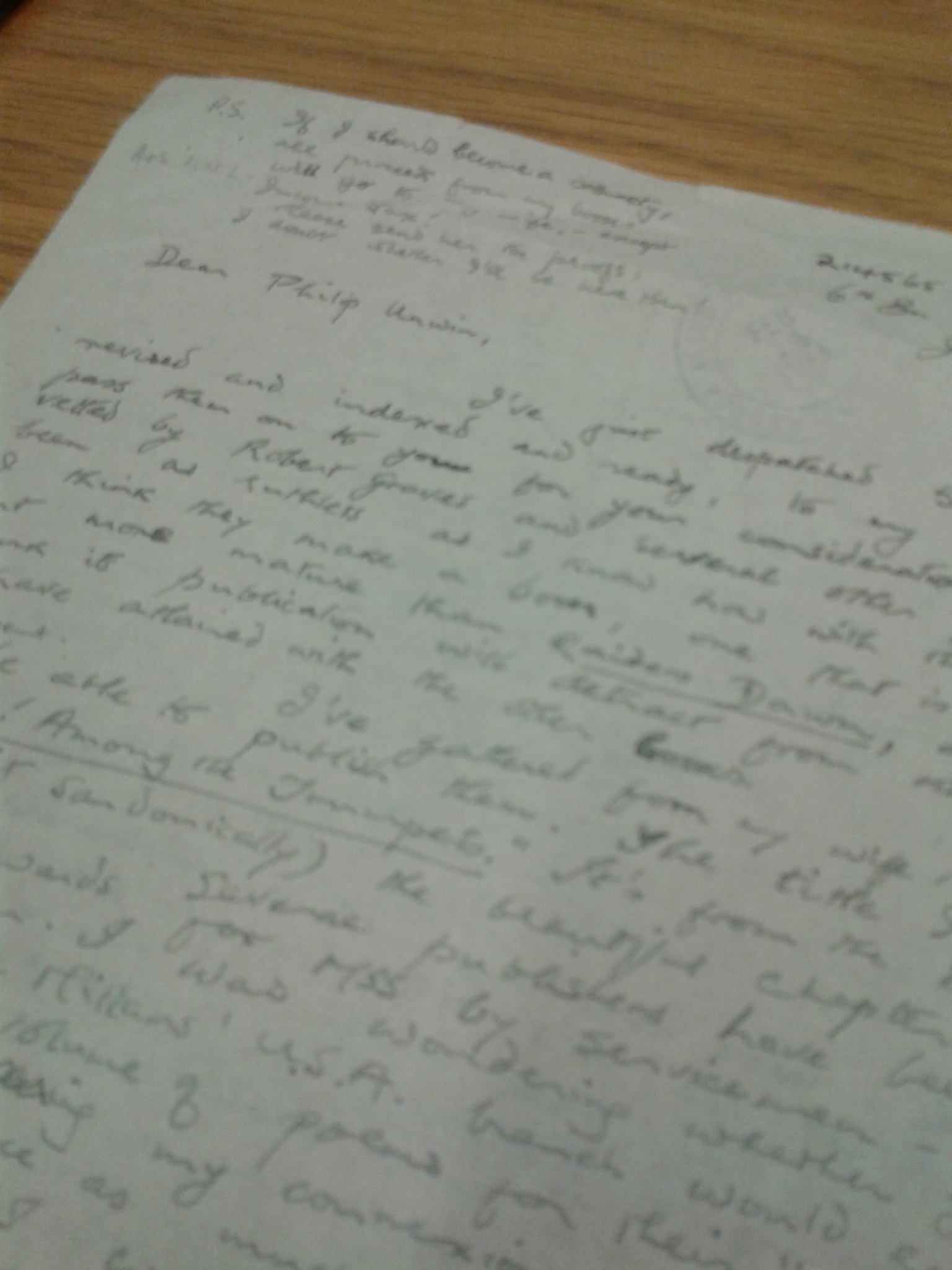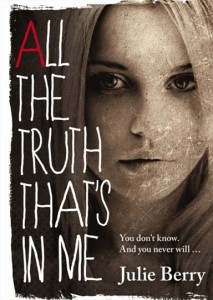This post comes from Brian Ryder, one of our volunteers here at Special Collections. Brian’s history with Reading collections is a long one; he used to be one of our project cataloguers and is now working his way through the Routledge & Kegan Paul archive. Here, upon the 100th anniversary of the birth of Alun Lewis, using examples from our special collections archives, Brian tells the fascinating tale of Welsh war poet Alun Lewis (1915-1944) and asks ‘what does a poet need to be successful?’.

Alun Lewis material
Alun Lewis, one of the foremost poets of World War II, was born one hundred years ago this month and his centenary was marked by the BBC with a dramatization of his short life on Radio 4. He was born into a family from a Welsh mining community in which his father was the only one of four brothers who did not spend his working life down the mines – becoming instead a schoolteacher and later Director of Education for Aberdare. Alun won a scholarship to a boarding school where he was extremely unhappy but where he began to write poetry and remained determined to work hard and escape the pits as his father had done. After university he followed his father into teaching but in the spring of 1940, wanting “to experience life in as many phases as I’m capable of”, he enlisted in the army, writing to a friend that:
“I’m not going to kill. Be killed perhaps, instead”.
In May 1941 publisher George Allen & Unwin, whose archive is held by the university, having seen his poetry and short stories appear in newspapers and periodicals, wrote to Lewis saying that they would be interested in seeing his future work with a view to publication. He wrote back to them with enthusiasm, providing a full list of his published work and throwing in for good measure a copy of Caseg Press Broadsheet No. 1 (shown below), first of a series initiated by Lewis and his friend John Petts with poems by one and woodcuts by the other (AUC 117/7). The more they saw of his writing the more keen Allen & Unwin were to become his publisher and they began in 1942 with both Raiders’ dawn (poetry) and The last inspection (short stories).

Alun Lewis (AUC 117/7).
In July 1941 Lewis married Gweno Ellis, also a school teacher. After her husband’s war service moved him, late in 1942, from the home front to India with the prospect of active service in Burma against the Japanese, Gweno played a significant role in seeing her husband’s literary output pass smoothly through the publishing process.
When he became entitled to a few days’ leave in July 1943 Lewis presented himself at the home in the Nilgiri hills of Dr Wallace Aykroyd, Director of the Nutrition Research Laboratories in nearby Coonor, and his wife Freda who offered open house to British military and nursing personnel stationed in the area. Alun found that Dr Aykroyd was away at a Conference on Food and Agriculture in Hot Springs, Virginia but was none the less made welcome by his wife with whom he fell instantly in love. The two continued to meet when circumstances permitted and when they were apart exchanged frequent letters for the rest of that year and into 1944.
Early in 1944 Lewis was posted to the north Burma coast and prepared for action against the Japanese. He wrote his last letter to his publisher on 23 January 1944 with the post script: (AUC 197/6)
“If I should become a casualty, all proceeds from my books will go to my wife … Please send her the proofs: I doubt whether I’ll be here then.”

Alun Lewis (AUC 197/6).
On March 5 he was shot in the head with a round from his own revolver; he died six hours later and was buried that day. An immediate court of enquiry concluded that the death had been accidental but it now seems to be widely accepted that it was suicide. Among the reasons for believing that this revised view was correct were that: Alun had recently had a bout with malaria which had left him prone to depression; he and Freda are reported to have worried that their affair would cause distress to both spouses; his writings from that time suggest a rather desperate state of mind; and the prospect of his first experience of action at the front line conflicted badly with his pacifist inclinations.

Alun Lewis (AUC 117/7).
Gweno grieved in the company of Alun’s parents but did not neglect the demands of her late husband’spublishing commitments, starting with Ha! Ha! Among the trumpets: poems in transit (Allen & Unwin, 1945) which carried a foreword by World War I poet Robert Graves whose advice and encouragement Lewis had enjoyed although the two never actually met. After that she set to on the publication of Alun’s letters to her which became Letters from India (Penmark Press, 1946) followed by In the green tree (Allen & Unwin, 1948) containing short stories, a selection of his letters – mainly to Gweno but including some to his parents – and illustrations by John Petts.
The Aykroyds left India after the war ended and Wallace spent the rest of his working life in various academic posts in England. He wrote a number of books, the last of which was The conquest of famine (Chatto & Windus, 1974). This is another imprint whose archive is held by the university and the file for this title shows that Dr Aykroyd died in 1979 when he and his wife were living together in Woodstock, Oxfordshire. Freda lived on to the age of ninety-five and a volume of Alun’s letters to her, which she had prepared for publication during her seventies, was issued the year after her death (A cypress walk: Enitharmon, 2006). Gweno Lewis is still listed as the copyright holder for Alun’s works.
What does a poet need to be successful? It must help to be good at seeking, and being prepared to accept, the advice of the leading poets of the day as Lewis showed he was, not just with Robert Graves but with Herbert Read, Stephen Spender, and others. He also met the challenges of versifying the great subjects of life, death, love and war. Perhaps most lucky of all he had both a widow and a lover keeping his flame alive over so many years.
See our Special Collections website for more information.









